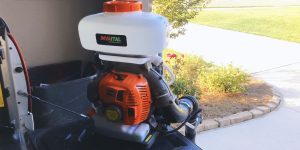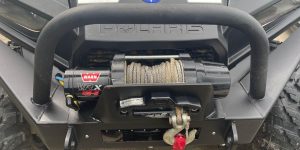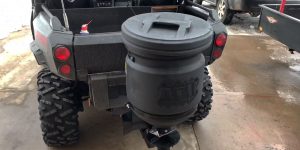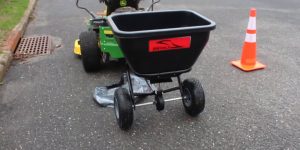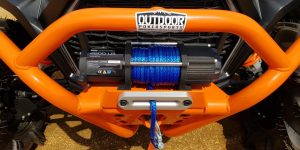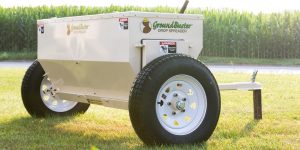What should I consider when choosing a fogger?
You can find different types of foggers available on the market. Some foggers are designed for use with specific chemicals, while others can be used with a variety of different chemicals. In addition, some newer foggers come with built-in timers so that you can set them to release the chemical at specific intervals.
Choosing a suitable fogger is essential to ensure you get the most out of your fogging experience. When choosing a fogger, you should consider the size of the room, the type of fogger, the type of nozzle, the power source, and the features you want. You should also consider the price and the warranty. Let’s consider these factors closer:
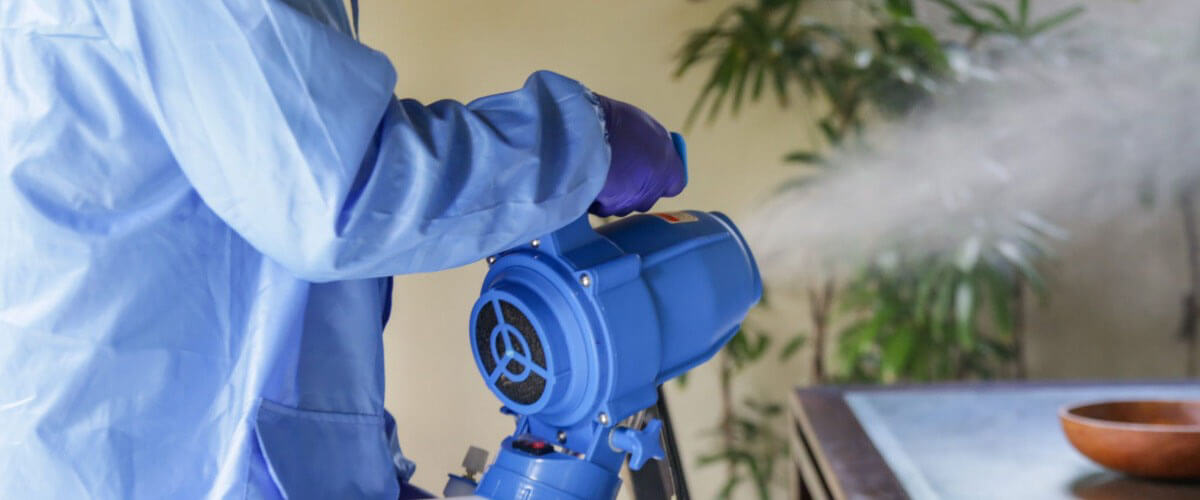
The size of the room
The size of the room plays an essential role in choosing foggers because a smaller space will require a less powerful fogger. In contrast, if the room is too large, the fogger may be unable to disperse the mist evenly, which could lead to missed areas or clumps of disinfectant. So, for example, a small room may only require a handheld fogger, while a large territory may need a larger, industrial-sized fogger.
Additionally, the room size can also impact how long it takes for the fog to dissipate, with smaller rooms clearing out the fog more quickly than larger ones.
The type of fogger
Foggers are classified according to the material they use to create the fog. There are three main types of foggers: thermal and cold foggers.
Thermal foggers use heat to vaporize the liquid insecticide, and cold foggers use compressed air to force the insecticide out of the nozzle in a fine mist. Each type of fogger has its own advantages and disadvantages.
When choosing a fogger, you need to consider the type of material you will be using it on. For example, if you plan to use it on dense foliage, you will need a thermal fogger. On the other hand, if you plan to use it on lighter foliage, you can get away with using a cold-fogger.
The type of nozzle
When choosing a fogger, the nozzle type is an essential factor. The wrong nozzle can produce large droplets that fall to the ground instead of staying suspended in the air, or it can create a fine mist that is difficult to see. The proper nozzle will produce a uniform mist that hangs in the air and is easy to see.
There are two main types of nozzles: flat fan and hollow cone. Flat fan nozzles produce a wide, even spray pattern ideal for foggers. Hollow cone nozzles create a narrower, more focused spray that can benefit specific applications.
The size of the nozzle orifice also plays a role in the size of the droplets that are produced. A larger orifice will create larger droplets, while a smaller orifice will create smaller droplets. Therefore, the size of the orifice will also affect the flow rate of the fogger.
When choosing a nozzle, it is essential to consider the type of material that will be sprayed, the desired effect, and the environment in which the fogger will be used.
The power source
When choosing a fogger, the power source is also an essential factor. Some foggers are powered by electricity, while others are battery-operated. An electric model may be more suitable if you use the fogger indoors. However, a battery-powered model may be more convenient if you plan on using the fogger outdoors. Whichever type of fogger you choose, make sure that it is compatible with your available power source.
What additional features can a fogger have?
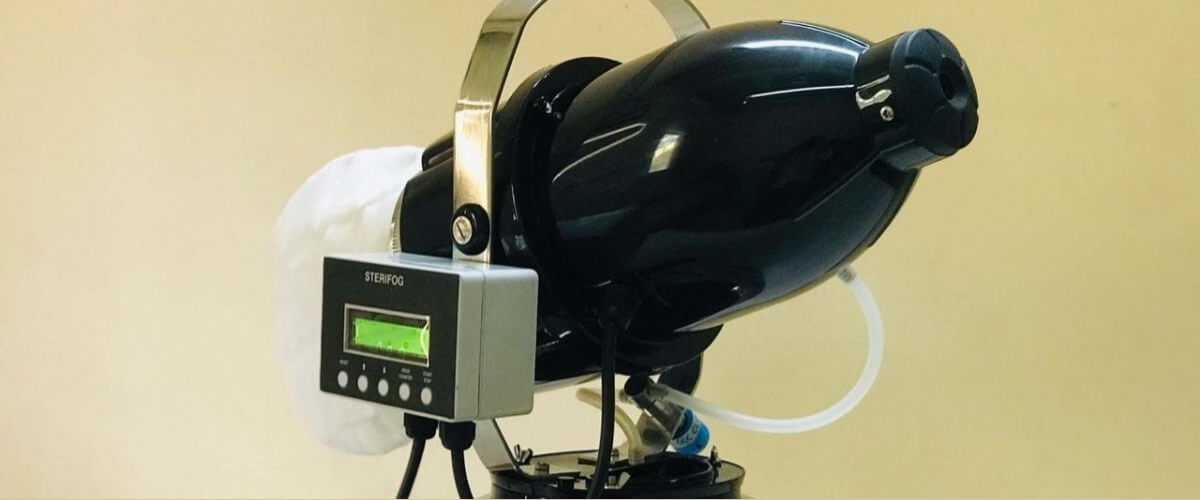
Some foggers can have features such as a remote control, timer, and different nozzles to help direct the fog. Other features may include an automatic shut-off if the unit tips over and a filter to help prevent clogging. In addition, some foggers are designed for specific uses such as mosquito control or mold remediation. So, when choosing a fogger, it is essential to consider the intended use to ensure that you select a unit with the appropriate features. Finally, some foggers may come with a carrying case or shoulder strap for easy transport.


